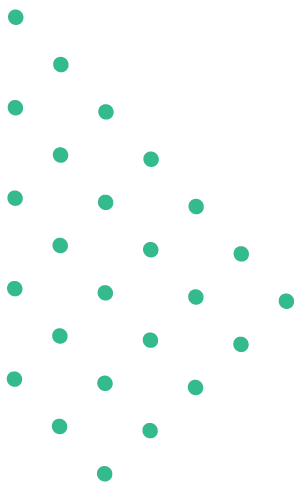Give a brief account of satire in the eighteenth century with reference to Pope, Dryden, Defoe, and Swift. The eighteenth century/The Neo-classical...Continue
Identify the poet’s position and attitude in the poem “Ode to the West Wind”.
“Ode to the West Wind” (1820) is a powerful poem by Percy Bysshe Shelley (1792-1822). It shows his deep connection with nature and his desire for transformation. Through the West Wind, Shelley expresses his inner thoughts and hopes. The poem is both personal and universal. This makes it emotional and inspiring.
Poet’s Position – Subjective: Shelley’s position in the poem is deeply subjective. He speaks from his own perspective and shares his personal feelings. He sees the West Wind as a powerful force. He wants it to carry his thoughts and words across the world. Shelley compares himself to falling leaves, showing his sadness and longing for renewal. His personal struggles are connected to nature’s cycles of death and rebirth.
Poet’s Attitude – Hopeful and Serious: Shelley’s attitude is both hopeful and serious. He admires the West Wind for its strength and energy. He asks it to make him strong like it. At the same time, Shelley is sad about his current state. He feels his ideas are “dead thoughts.” Yet, he ends with hope. The line “If Winter comes, can Spring be far behind?” shows his belief in change and new beginnings. Shelley is confident that after hard times, better days will come.
This mix of personal sorrow and hope makes the poem powerful and timeless.



